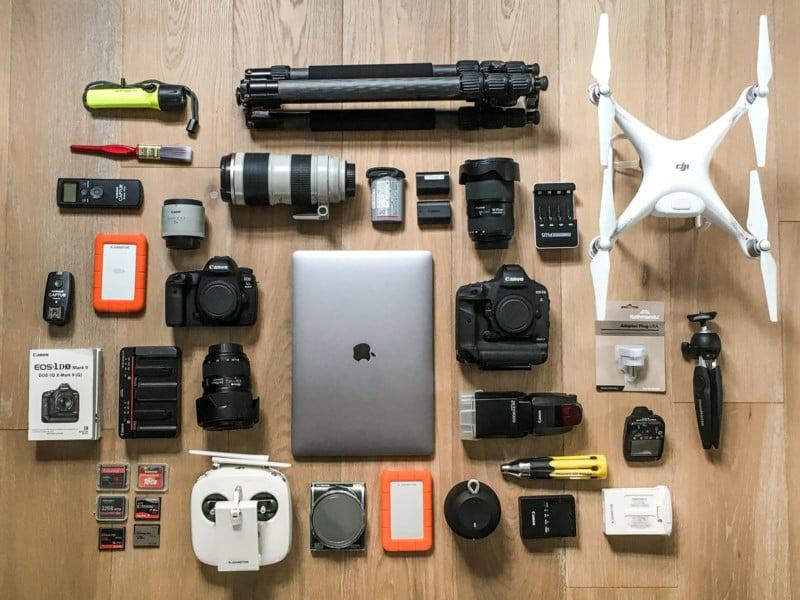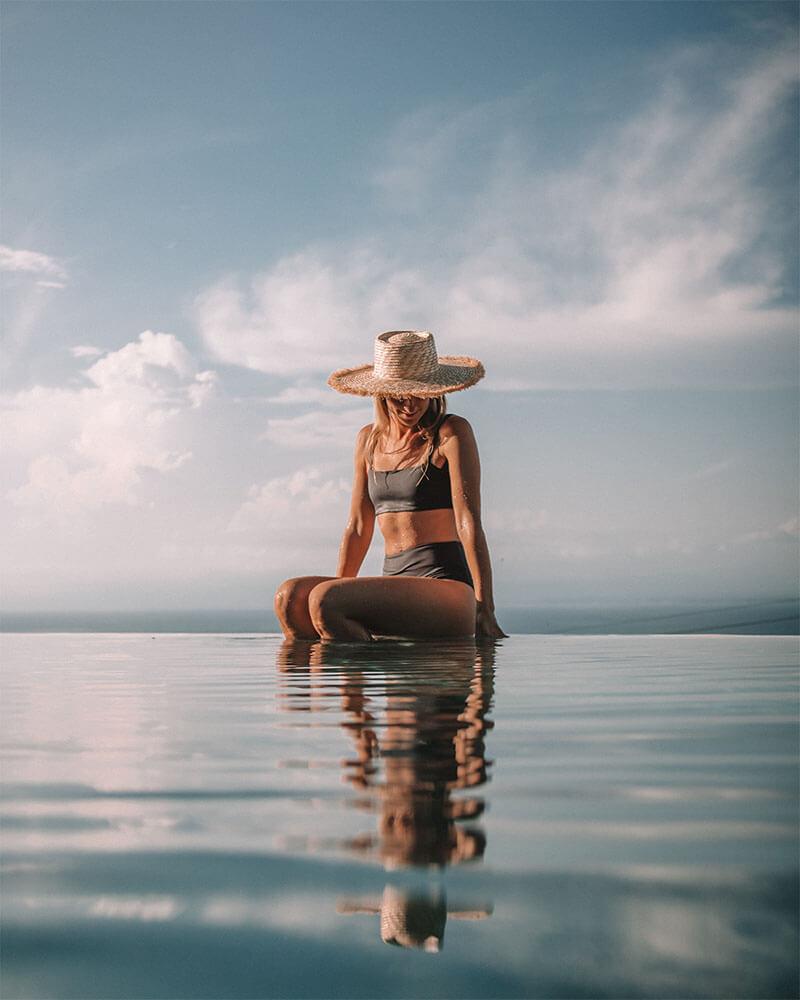Travel photography is a wonderful way to capture the beauty of the places you visit and the experiences you have along the way. Whether you’re a beginner with a smartphone or a seasoned photographer with a professional camera, there are essential tips that can help elevate your travel photos. In this article, we will explore key techniques and advice that can turn ordinary snapshots into stunning images. From understanding the basics of composition to making the most of natural light, these tips will empower you to tell your travel story through your photography. Get ready to enhance your skills and capture memories that will last a lifetime.
Table of Contents
- Choosing the Right Equipment for Travel Photography
- Understanding Lighting Conditions for Beautiful Shots
- Capturing Local Culture Through Thoughtful Composition
- Editing Your Images for a Polished Finish
- To Conclude
Choosing the Right Equipment for Travel Photography

When planning your travel photography, selecting the right equipment is essential for capturing breathtaking images. Begin by considering a versatile camera that suits your skill level. A DSLR or mirrorless camera is ideal for serious photographers, as it allows for interchangeable lenses and superior image quality. For those who prefer portability, advanced compact cameras or high-quality smartphones with excellent camera features can do the trick. Ensure your gear is not just functional but also lightweight and easy to carry, as you’ll want to enjoy your travels without being bogged down by cumbersome equipment.
Consider these crucial accessories to enhance your travel photography experience:
- Lenses: Invest in a zoom lens for flexibility or a prime lens for stunning low-light shots.
- Tripod: A lightweight tripod can significantly improve stability for nighttime or long-exposure shots.
- Filters: Polarizing and ND filters can help manage reflections and control exposure.
- Extra Batteries and Memory Cards: Always pack more than you think you’ll need to avoid missing precious moments.
Understanding Lighting Conditions for Beautiful Shots

Lighting plays a crucial role in photography, and understanding its nuances can elevate your travel shots from average to exceptional. Natural light varies throughout the day, with the golden hours—shortly after sunrise and before sunset—offering the most flattering soft light. Capture vibrant colors and textures when the sun is low on the horizon. Conversely, during midday, harsh shadows and overly bright spots can detract from your images. To manage these conditions effectively, you might consider:
- Use of Reflectors: To bounce light onto your subject and fill in shadows.
- Adjusting Your Angle: Changing your viewpoint can significantly affect how light interacts with your subject.
- Cloudy Days: Use the diffused light from overcast skies for softer, more even lighting.
Understanding the direction of light is equally important. Side lighting enhances textures and creates depth, ideal for capturing landscapes and architecture. Backlighting, on the other hand, can introduce stunning silhouettes and highlight transparency in subjects such as leaves or water. Consider also the use of tools like a light meter or smartphone apps to gauge light conditions effectively. Here’s a quick reference table to guide you:
| Lighting Condition | Best Time to Shoot | Recommended Technique |
|---|---|---|
| Golden Hour | Shortly after sunrise or before sunset | Utilize warm tones and soft shadows |
| Midday Sun | 11 AM – 2 PM | Seek shade and use reflectors |
| Overcast | Anytime | Focus on details with muted colors |
Capturing Local Culture Through Thoughtful Composition
To create images that truly resonate with the essence of a place, it’s essential to immerse yourself in the local culture. Spend time observing the people, their customs, and the environment around you. This not only helps you understand the narrative you want to tell through your lens but also allows you to capture candid moments that reflect authenticity. Consider these approaches when composing your shots:
- Engagement: Interact with locals to learn about their stories, which can inspire meaningful compositions.
- Context: Incorporate elements of the environment that show how the culture interacts with its surroundings.
- Symbolism: Look for cultural symbols that tell a deeper story about the people and their traditions.
A thoughtful composition can amplify the impact of your photographs. Use various techniques to guide the viewer’s eye and evoke emotions. Here are some effective strategies to consider:
| Technique | Description |
|---|---|
| Leading Lines | Use natural lines in the composition to draw attention to your subject. |
| Framing | Use elements in the scene to frame your subject and add depth. |
| Golden Hour | Photograph during the golden hour for soft, warm lighting that enhances details. |
Editing Your Images for a Polished Finish
Transforming your travel photos into stunning visuals requires a keen eye for detail and an understanding of the essential tools at your disposal. Start with basic adjustments such as cropping to enhance composition, adjusting brightness to bring out highlights, and tweaking contrast to add depth. Additionally, consider the color correction options available in most photo editing software, which can help to restore the vibrancy of images impacted by poor lighting conditions. Remember to keep your edits natural; overly processed images can distract from the beauty of the original scene.
Next, explore more refined techniques to elevate your images. Sharpening your photos can help define details, making landscapes and intricate architecture stand out. Likewise, utilizing filters and presets can provide a consistent style across your travel portfolio while saving time during editing. Consider the following table to quickly reference some popular filters and their effects:
| Filter | Effect |
|---|---|
| Vintage | Warm tones with a nostalgic feel |
| Black & White | Timeless look with an emphasis on contrast |
| HDR | Enhanced dynamic range and detail |
| Soft Focus | Dreamy, ethereal atmosphere |
By combining these editing techniques, you can achieve a polished finish that showcases your adventures while maintaining the authenticity of each captivating moment.
To Conclude
capturing stunning travel photographs requires a combination of preparation, practice, and a good understanding of your surroundings. By applying the tips outlined in this article, you can enhance your photography skills and create lasting memories of your journeys. Remember to experiment with different techniques, embrace natural light, and be patient as you refine your craft. With time and effort, your travel photos can reflect the beauty and essence of the places you visit, allowing you to share those experiences with others. Happy snapping!



